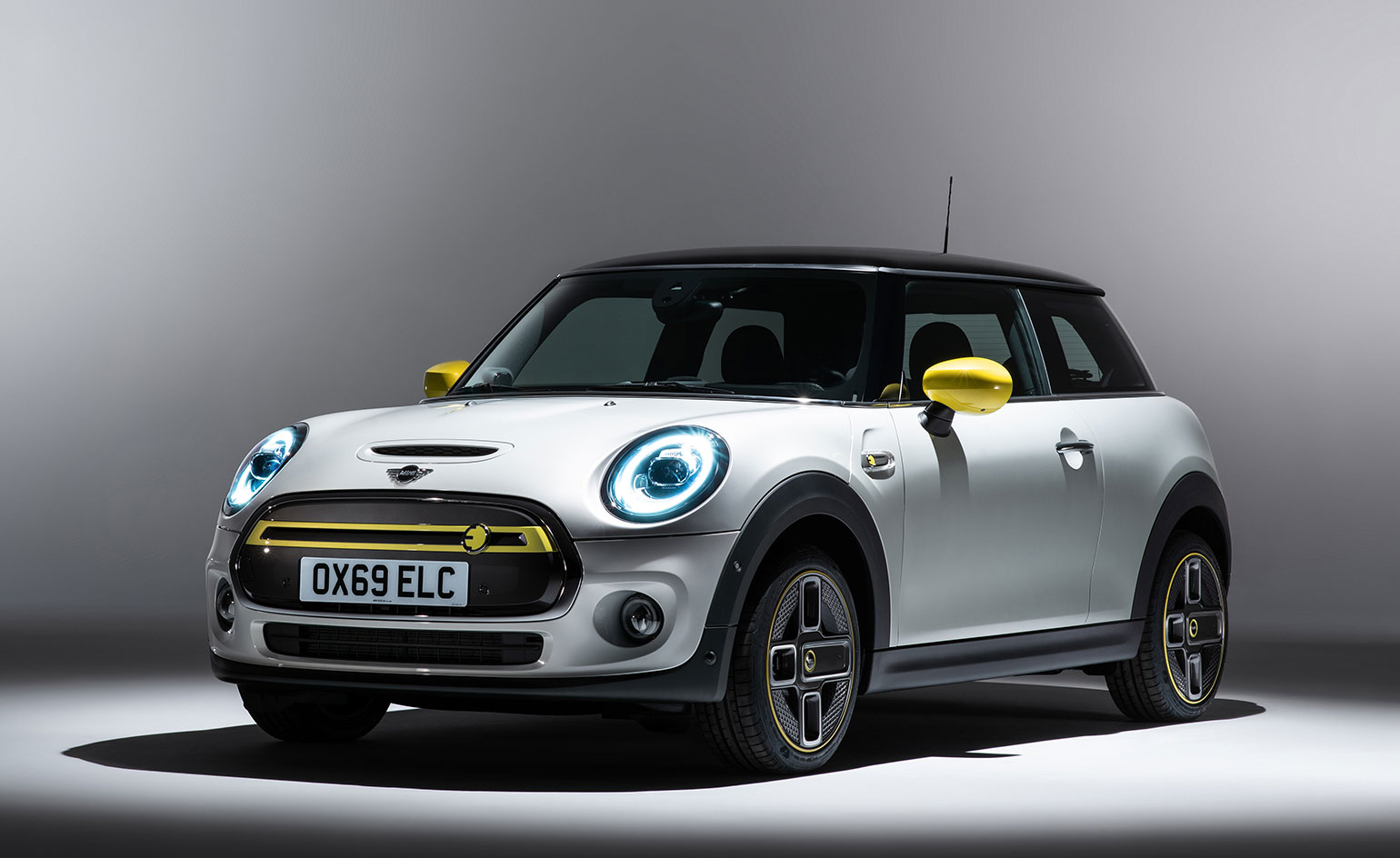
Mini’s take on electric vehicles is appropriately simple, lightweight, relatively affordable and compact. Its first production EV – available to order now with first deliveries in March 2020 – is recognisably adapted from a regular Mini Cooper S three-door. However, it swaps the latter’s petrol engine for a 184hp electric motor powered by a 32.6 kWh battery that's good for 124 miles.
That might not seem far compared to some other new EVs’ greater mileage possibilities, but this on-brand ‘small-is-good’ approach to battery size doesn’t compromise the existing amount of cabin space or luggage area. It also shows that the Mini Electric – like the imminent Honda e – is targeting urban-based customers or suburban second-car users where a shorter range is entirely in line with their actual everyday requirements. Charging via a socket located beneath the regular fuel filler cap takes 35 minutes to 80 per cent from a 50kW fast DC charger, but due to the smaller 32.6 kWh battery and range, 0-100 per cent can still be achieved with a more typical 11kW charger in a decent 3.5 hours. This is practical.
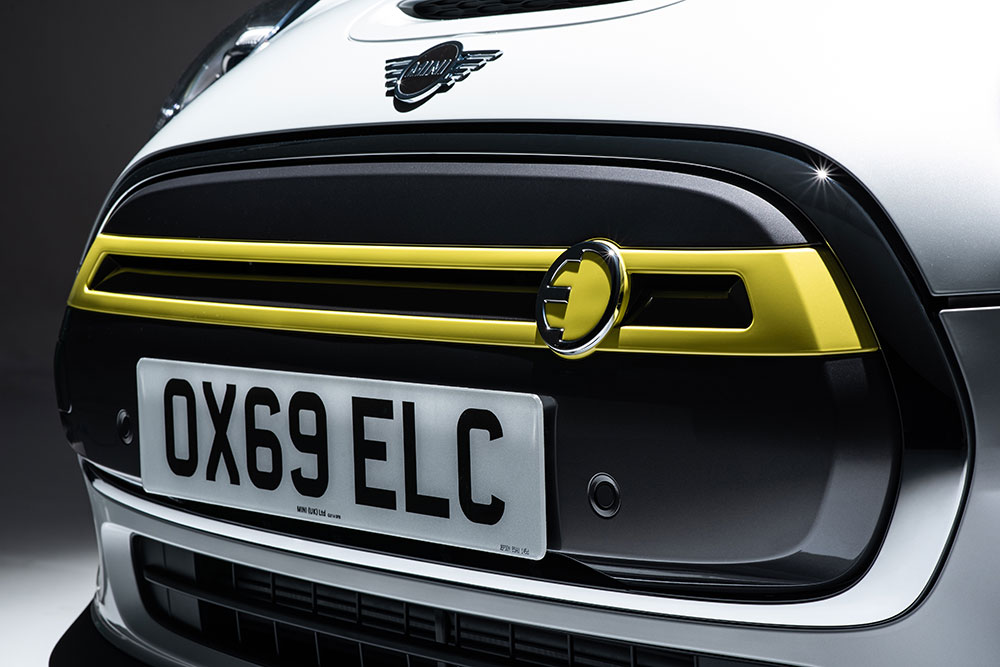
To differentiate the Mini Electric sufficiently in design terms, the car gets a closed-off front grille, slightly more aero wheels, contrast-coloured wing mirrors, subtle EV plug logo badging, and on the inside, a new slimmer 5.5” digital driver display, replacing the regular Mini’s somewhat bulky analogue one. In keeping with Mini values, the car should be great fun to drive, promising 0-62mph in 7.3 seconds – just like the petrol Cooper S – and might even handle better, due to its new powertrain’s positioning (a full test drive will come later).
Either way, the initial specification sounds promising, with the electric motor housed upfront to power the front wheels and the T-shaped battery pack positioned low-down and with the T’s crossbar below the rear seats. The lower weight of the small battery versus a bigger range version – at 1365kg the Electric is only 145kg more than a petrol Cooper S automatic – is also a handling asset and its low placement results in a centre of gravity at least 30 millimetres lower than in the Mini Cooper S too.

Crucially and unusually for an EV from any brand, Mini’s smaller battery makes the car cheaper to produce and has been part of the reason the brand has decided to match the price of equivalent performance combustion-engined versions. UK prices start from £24,400 and rise to £30,400 (including Government grant). This should see a real breakthrough in sales as ‘going green’ in this case doesn’t come with an initial price penalty (and will make the already-established lower EV running costs all the more enjoyable).
The brand is hoping to sell about 4,000 units a year in the UK alone, which is more than the current Convertible and close to the Clubman’s circa 5,000 units. And as the model will be made on the same manufacturing line as its combustion-engined counterparts, there is flexibility to increase production too. Long and short – this product is not intended to be a high-priced, small-run, tokenistic environmental move. Plaudits for that.

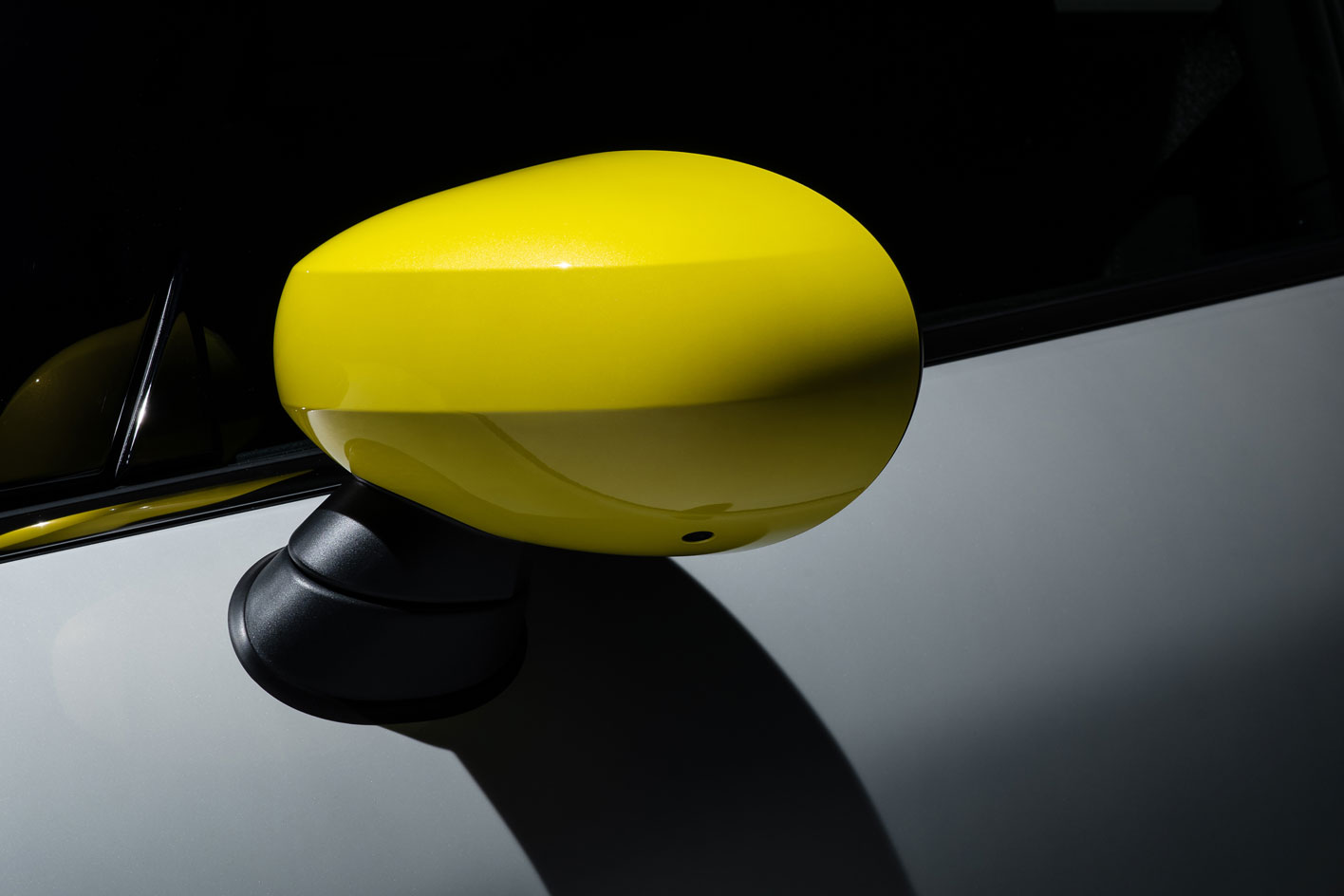

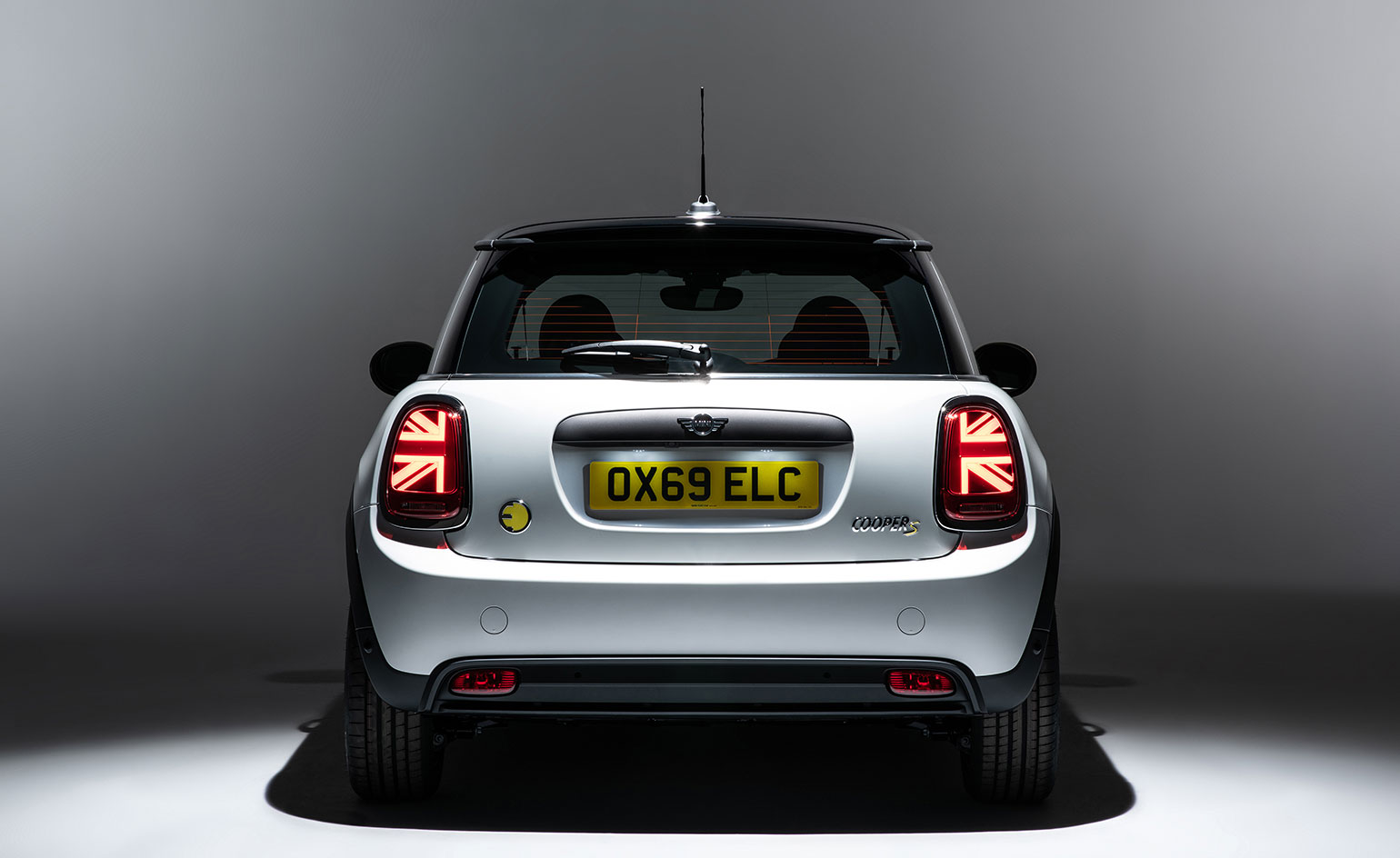
INFORMATION
Mini Electric, from £24,300. mini.co.uk
Receive our daily digest of inspiration, escapism and design stories from around the world direct to your inbox.
Guy Bird is a London-based writer, editor and consultant specialising in cars and car design, but also covers aviation, architecture, street art, sneakers and music. His journalistic experience spans more than 25 years in the UK and global industry. See more at www.guybird.com
-
 Unmissable fashion exhibitions to add to your calendar in 2026
Unmissable fashion exhibitions to add to your calendar in 2026From a trip back to the 1990s at Tate Britain to retrospectives on Schiaparelli, Madame Grès and Vivienne Westwood, 2026 looks set to continue the renaissance of the fashion exhibition
-
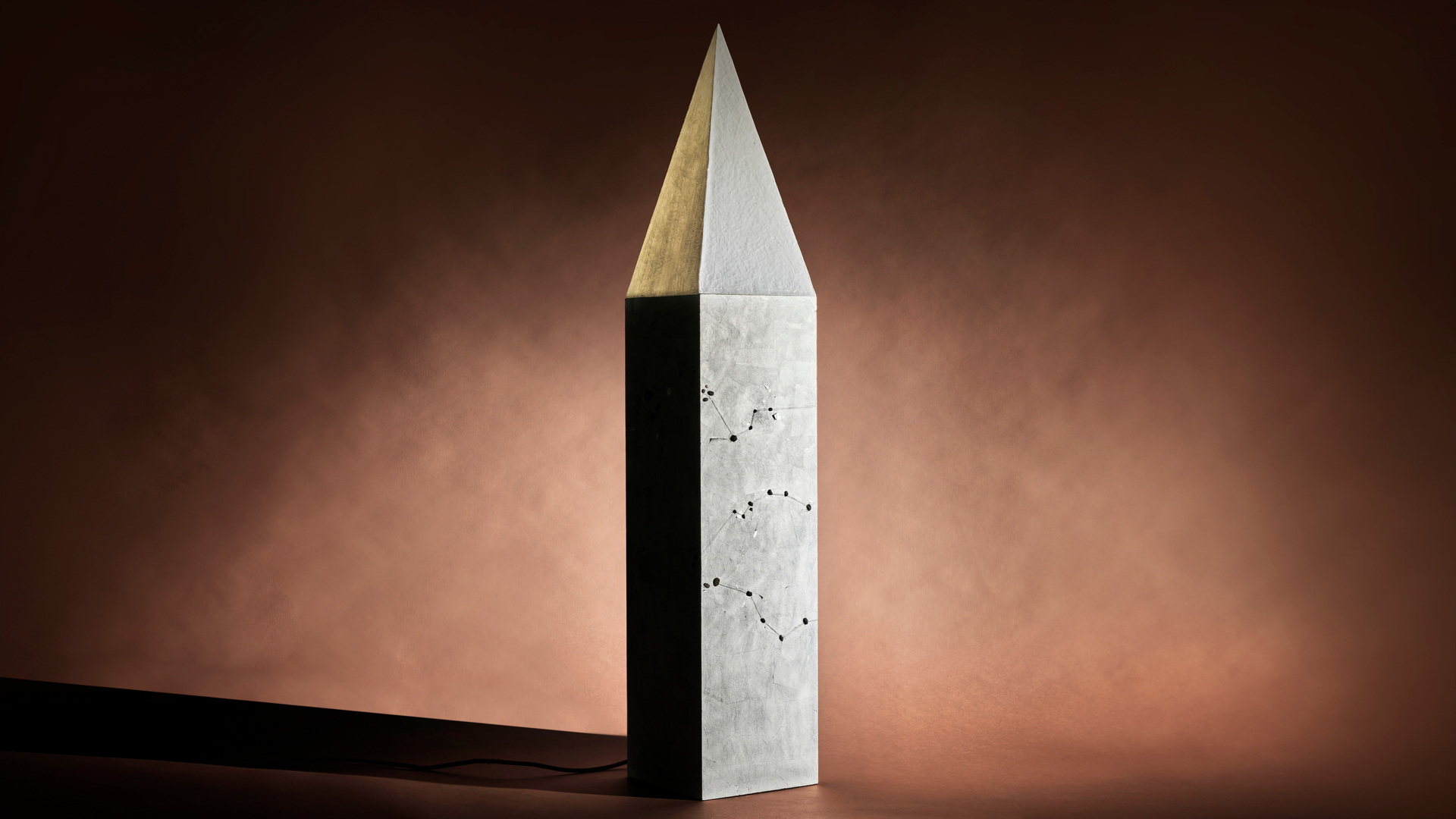 Design studio Palma is a tale of twos, where art and architecture meet
Design studio Palma is a tale of twos, where art and architecture meetWallpaper* Future Icons: in São Paulo, artist Cleo Döbberthin and architect Lorenzo Lo Schiavo blur the lines between making and meaning. Through Palma, they explore a dialogue shaped by material, memory and touch.
-
 This curved brick home by Flawk blends quiet sophistication and playful details
This curved brick home by Flawk blends quiet sophistication and playful detailsDistilling developer Flawk’s belief that architecture can be joyful, precise and human, Runda brings a curving, sculptural form to a quiet corner of north London
-
 Rivian hits Miami Art Week to release R1S Quad Miami Edition, a new colour and a scent
Rivian hits Miami Art Week to release R1S Quad Miami Edition, a new colour and a scentVivid sights and evocative smells are part of Rivian’s quest to humanise its all-electric SUVs
-
 RBW EV brings a much-loved classic sports car aesthetic into the modern era
RBW EV brings a much-loved classic sports car aesthetic into the modern eraThe RBW Roadster and GT hark back to a golden age of sports car design. Under the skin, these British-built machines feature bespoke all-electric running gear
-
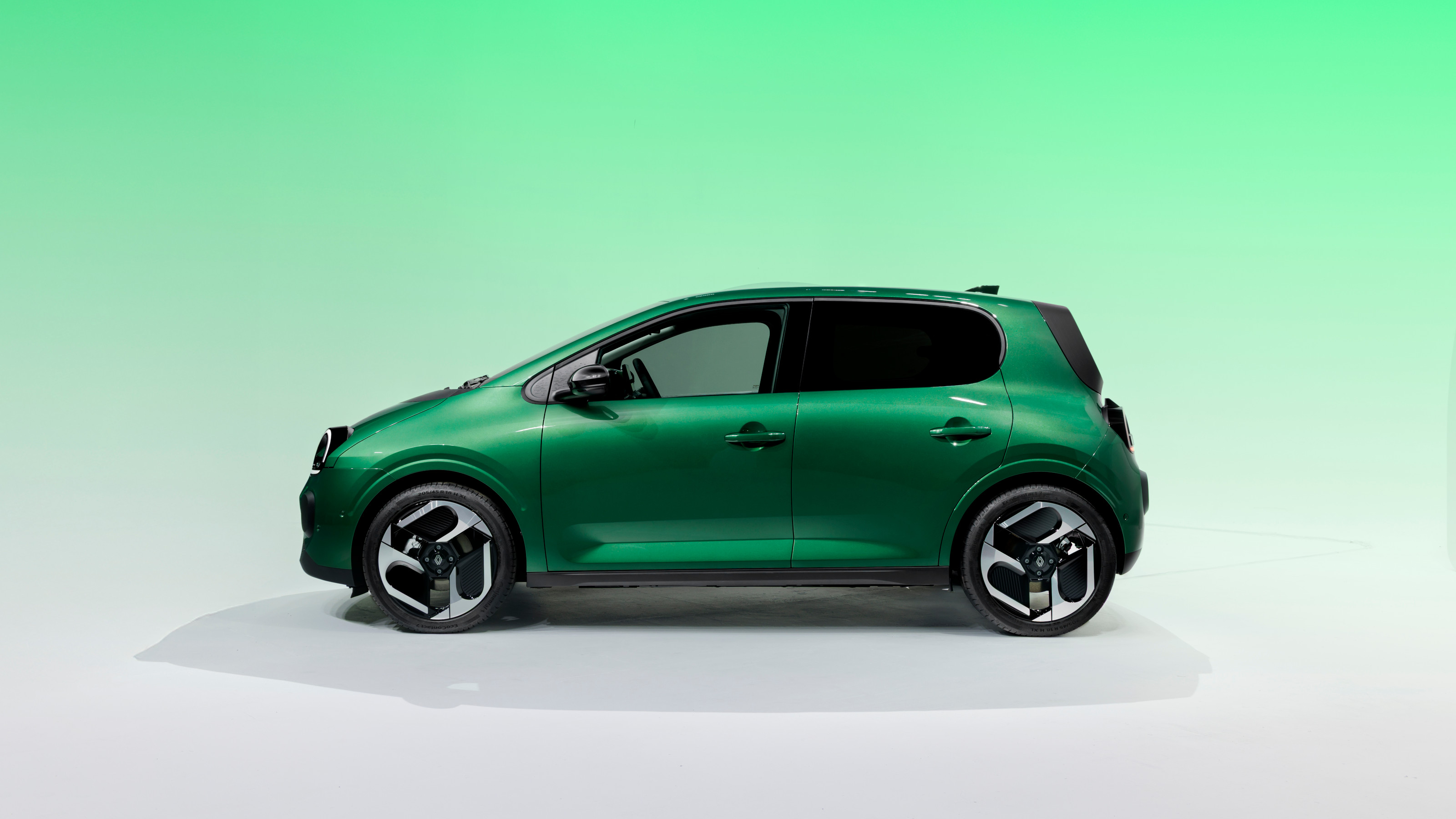 All hail the compact new Renault Twingo E-Tech – the city car is back in style
All hail the compact new Renault Twingo E-Tech – the city car is back in styleRenault continues to pay homage to its heritage by combining it with 21st-century technology. The new Twingo E-Tech is another winner
-
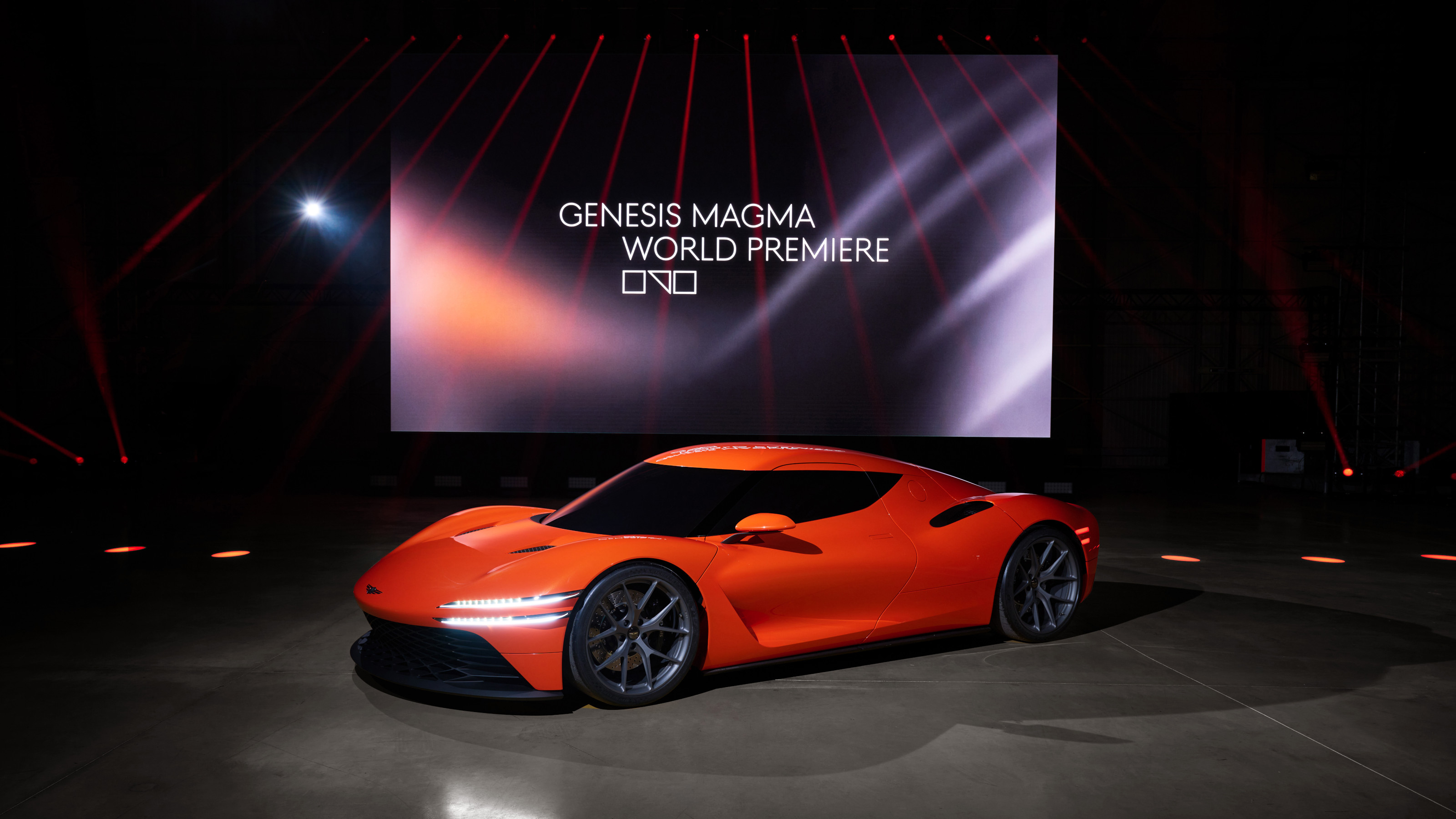 Genesis turns up the heat with its new Magma performance sub-brand
Genesis turns up the heat with its new Magma performance sub-brandGenesis has revealed the hot new GV60 Magma and striking Magma GT Concept in its quest to own luxury performance
-
 Around London in sybaritic silence with the majestic all-electric Lunaz Phantom V
Around London in sybaritic silence with the majestic all-electric Lunaz Phantom VClassic electrifier Lunaz has turned its skilled hands to the Rolls-Royce Phantom V. We sample the ultimate in zero-emission luxury on the streets of London
-
 Avatr Vision Xpectra concept transforms cars into ‘emotionally intelligent companions’
Avatr Vision Xpectra concept transforms cars into ‘emotionally intelligent companions’Revealed in Munich, electric car maker Avatr’s futuristic Vision Xpectra is a car that is not only beautiful, but a true form of ‘emotive luxury’
-
 Dacia wants to make small cars great again – all hail the new Hipster Concept
Dacia wants to make small cars great again – all hail the new Hipster ConceptThe best way to minimise energy use in all its forms is to downsize. The Dacia Hipster Concept is a smart way of making a practical car way more pint-sized
-
 The Vanderhall Brawley GTS is a compact but mighty electric off-roader
The Vanderhall Brawley GTS is a compact but mighty electric off-roaderDeliveries of Vanderhall’s Brawley GTS have started, bringing zero-emission trail driving to enthusiasts across America